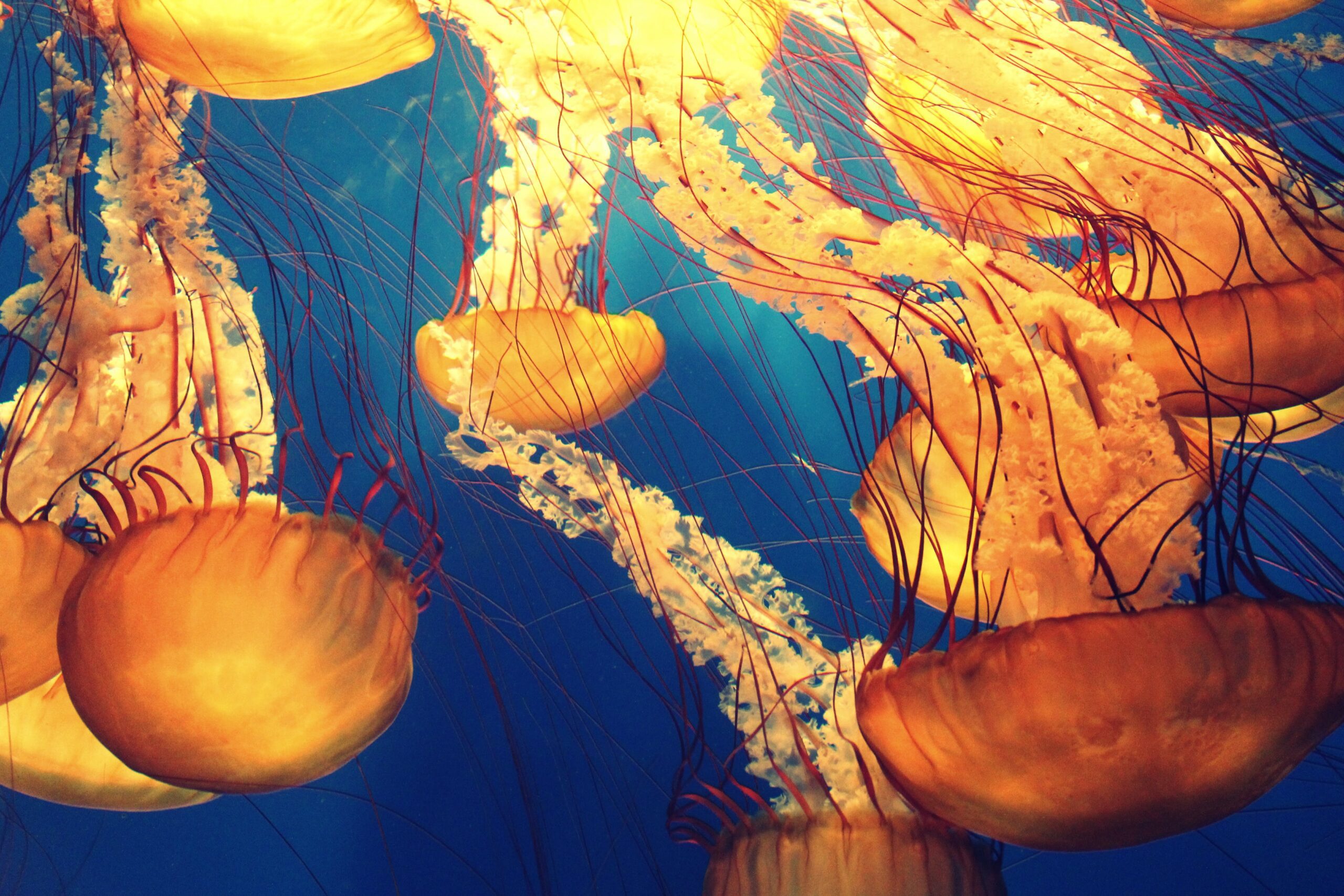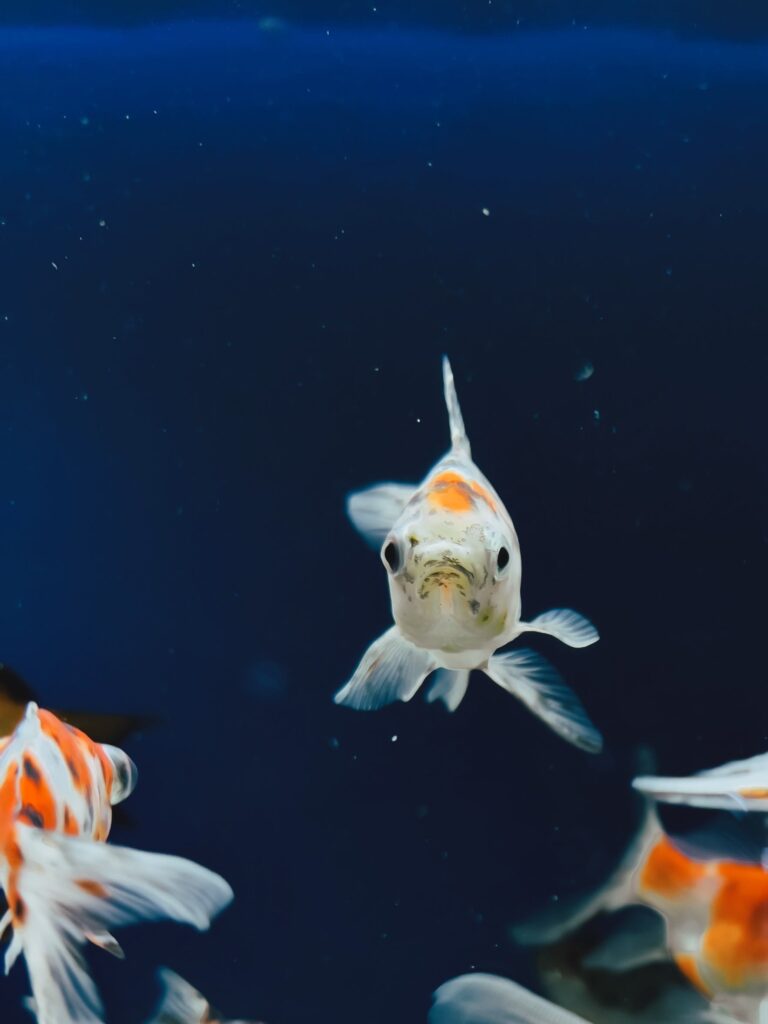Introduction
Beneath the rhythmic waves that dance on the ocean’s surface lies a world of unparalleled beauty and complexity. However, the oceans, our planet’s lifeblood, are facing unprecedented threats due to human activities. In this exploration of ocean conservation, we’ll navigate the depths of the challenges oceans confront today and shine a spotlight on the transformative role of art in elevating awareness and inspiring action. Join us as we dive into the synergy of creativity and environmental advocacy, exploring how ocean art becomes a powerful force for change.
The Impact of Human Activities on Oceans
The world’s oceans, covering about 71% of the Earth’s surface, are facing unprecedented challenges due to various human activities. Among the key contributors are pollution, overfishing, and climate change. Industrial and agricultural runoff introduce pollutants such as chemicals, plastics, and heavy metals into the oceans, posing a severe threat to marine life. Overfishing, driven by the demand for seafood, disrupts the balance of marine ecosystems, leading to the decline of fish populations and affecting the livelihoods of coastal communities.
Climate change exacerbates these issues, causing rising sea temperatures, ocean acidification, and extreme weather events. These changes have profound consequences for marine ecosystems, including the bleaching of coral reefs, altered migration patterns of marine species, and disruptions in the food chain. As a result, the delicate balance of ocean life is under threat, with cascading effects on biodiversity.
Addressing these challenges requires urgent and collective action. International cooperation is crucial to implement effective policies and regulations, reduce carbon emissions, and establish marine protected areas. Sustainable fishing practices and the development of innovative solutions for waste management are essential steps toward preserving the health and vitality of our oceans.
The Role of Art in Environmental Advocacy
Art, with its ability to transcend language and evoke emotions, serves as a powerful medium for communication. It has the capacity to convey complex messages, inspire change, and foster a deeper connection with environmental issues. In the realm of environmental advocacy, art becomes a catalyst for raising awareness and mobilizing communities.
Ocean art, in particular, plays a significant role in promoting conservation awareness. Artists use their creativity to capture the beauty of marine life and the threats it faces. Through visually striking pieces, art can communicate the urgency of protecting oceans and highlight the interconnectedness of all life on Earth. Whether it’s paintings, sculptures, or multimedia installations, ocean art serves as a compelling call to action, urging individuals and societies to take responsibility for the well-being of our oceans.
By integrating art into environmental campaigns and educational initiatives, we can harness its transformative power to instigate positive change. The fusion of creativity and advocacy not only amplifies the urgency of addressing environmental challenges but also fosters a sense of responsibility and stewardship for the oceans and the planet as a whole.
Introduction: Art as a Powerful Medium for Communication
Art has long served as a potent means of communication, transcending language barriers and tapping into the core of human emotions. Its ability to evoke feelings, convey messages, and inspire change makes it a formidable tool for addressing critical issues. In the realm of environmental conservation, artists have harnessed the expressive power of their craft to draw attention to urgent matters, with the oceans being a prominent focus.
Overview: The Evocative Nature of Art
Art has the remarkable capacity to spark emotions and foster connection, acting as a bridge between complex issues and the public. By utilizing various forms of artistic expression, creators can bring attention to environmental concerns, making them accessible and relatable to a broad audience. This overview sets the stage for exploring the specific role of ocean art in promoting awareness and action for the conservation of our marine ecosystems.
Ocean Art Forms: Painting the Depths for Change
Within the realm of ocean art, diverse forms of expression emerge to captivate and inspire. Paintings, sculptures, and installations become vessels for conveying the beauty of the ocean and the urgent need for its protection. Artists delve into the depths, translating the language of the sea into visual narratives that resonate with viewers on a profound level.
Showcase: Artists and Their Conservation-Themed Works
Highlighting the contributions of artists committed to ocean conservation, this section delves into specific works that vividly capture the plight of the oceans. By shining a spotlight on these creators and their pieces, we recognize the transformative potential of art to raise awareness and inspire collective action. These showcases serve as a testament to the role of creativity in promoting positive change for our marine environments.
Engagement and Education: The Impact of Ocean Art
Beyond aesthetics, ocean art plays a crucial role in engaging and educating audiences. This segment explores how these creative expressions serve as dynamic educational tools, fostering a deeper understanding of marine issues. By immersing viewers in the visual language of the ocean, art becomes a catalyst for informed decision-making and a powerful call to action in the face of environmental challenges.

Introduction to the Concept of Art as a Powerful Medium for Communication
Art has long been recognized as a powerful medium for communication, transcending linguistic and cultural barriers to convey messages that resonate deeply with individuals. From ancient cave paintings to modern digital installations, art has the unique ability to evoke emotions, challenge perspectives, and inspire change. In the realm of environmental conservation, art has emerged as a compelling tool to raise awareness and ignite a sense of responsibility towards our planet.
Overview of How Art Can Evoke Emotions, Convey Messages, and Inspire Change
Art has the innate capacity to tap into human emotions, fostering connections that are difficult to achieve through conventional means. Whether through vibrant paintings, immersive installations, or thought-provoking sculptures, artists can convey complex messages about the state of our environment and the urgent need for conservation. The visual and emotional impact of art can linger in the minds of viewers, driving them to contemplate and, in turn, prompting action.
Transition to the Specific Role of Ocean Art in Promoting Conservation Awareness
Specifically, ocean art has emerged as a poignant force in reshaping public attitudes towards ocean conservation. Artists around the world are leveraging their creativity to draw attention to the plight of the oceans, highlighting issues such as plastic pollution, overfishing, and climate change. Through their work, they bring the underwater world to the surface, compelling viewers to confront the challenges faced by marine ecosystems.
Exploration of How Ocean Art Can Reshape Public Attitudes Towards Ocean Conservation
Campaigns and exhibitions centered around ocean art have proven to be impactful in reshaping public perceptions. Notable examples include large-scale murals depicting marine life in urban spaces, interactive installations that simulate the underwater experience, and collaborative projects engaging communities in ocean conservation efforts. These initiatives not only captivate audiences but also foster a sense of responsibility and stewardship for the oceans.
Examples of Successful Campaigns or Exhibitions That Have Made a Significant Impact
Prominent examples of successful ocean art campaigns include initiatives like “The Washed Ashore Project,” which transforms beach plastic into captivating sculptures, and “Project Vortex,” where artists utilize recovered plastic to create striking artworks. These campaigns not only raise awareness about ocean issues but also actively involve communities in the cleanup and recycling processes. Exhibitions featuring such works have the potential to influence public perceptions, making them more receptive to the urgent need for sustainable ocean practices.
Discussion on the Potential of Art to Drive Individual and Collective Actions for the Oceans
The potential of art to drive individual and collective actions for the oceans cannot be overstated. Beyond just raising awareness, ocean art fosters a sense of connection and responsibility, compelling viewers to reconsider their daily choices and advocate for positive environmental changes. By tapping into the emotional and visceral responses that art elicits, there is a unique opportunity to transform passive concern into meaningful, tangible actions that contribute to the preservation of our oceans.
Video Credit: TEDx Talks
FAQs
Q. How does ocean art contribute to conservation efforts?
A. Ocean art raises awareness by visually representing the beauty and challenges of marine life, inspiring individuals to engage in conservation activities.
Q. Can ocean art make a significant impact on public opinion?
A. Yes, ocean art has the power to shape public opinion by conveying complex conservation messages in a visually compelling and emotionally resonant manner.
Q. Are there any notable examples of ocean art installations making a difference?
A. Notable examples include underwater museums and sculptures that attract attention, contributing to the understanding of ocean conservation issues.
Q. How can individuals support ocean art initiatives?
A. Individuals can support ocean art by attending exhibits, sharing artwork on social media, and contributing to organizations that use art for conservation purposes.
Q. Is there evidence that ocean art leads to behavioral change?
A. Studies suggest that exposure to ocean art can lead to positive behavioral changes, including increased awareness, responsible consumption, and active conservation efforts.
Q. Are there any collaborations between artists and marine biologists?
A. Yes, collaborations between artists and marine biologists are common, resulting in projects that combine scientific knowledge with artistic expression for conservation advocacy.
Conclusion
As we resurface from the depths of our exploration into ocean conservation and the symbiotic relationship with art, it becomes evident that creative expression holds the potential to be a catalyst for positive change. Ocean art, with its ability to transcend language and evoke emotions, serves as a beacon for igniting conversations and inspiring action. In the face of the challenges our oceans confront, let us embrace the transformative power of art as we collectively work towards a future where the depths of our oceans are not just a source of inspiration but a testament to our commitment to preserving the wonders that lie beneath the surface.
UP NEXT
The Impact of Ocean Conservation on Seabird Migration Routes



